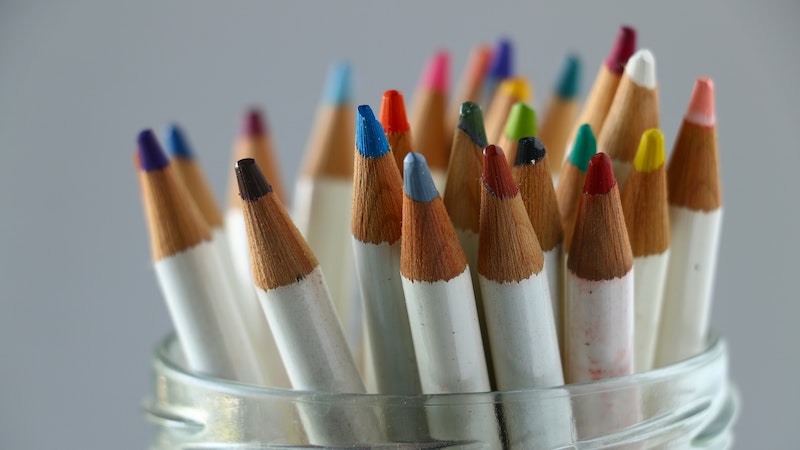Making Your Mark
Episode #2 of the course Creative mindfulness: Ten ways to chill out and enjoy creativity by K.C. Finn
We all have worries. Big or small, they get in the way of our lives constantly, either by creating moods and emotions or by directly interrupting our concentration. Today’s lesson looks at a technique for stress removal that has worked well for me personally.
The Theory
When we engage in monotonous daily activities—like doing the dishes or waiting around in traffic—much of our thought process is often automatic. Worries can be the most pressing things we think of first, along with plans and schedules that we have to keep at the forefront of our mind. Because of the nature of today’s modern rat race, we’re all in danger of running on automatic for huge portions of our day and never really taking a moment to explore what might be bubbling below the surface thoughts of our brain.
One of the greatest authors of all time, the Russian Leo Tolstoy, did a great deal of thinking about this automatic mindset and the power of creative art to interrupt it. According to him, the purpose of art was to disrupt automation by making this “strange” and forcing us to really look and observe again instead of just running by in our robotic lives. The practice of making art, whether you’re good at it or not, gives you a chance to concentrate on something that is totally alien to the rest of your daily life, breaking you out of a chain of negativity and worry that can often be the bedrock of anxiety-related behaviors.
The Activity
Today’s session looks at mark making, which is a simple form of art that literally anyone can do, and be good at from the beginning. Mark making simply involves creating marks on a blank sheet of paper and exploring the different ways you can do that with the materials you have on hand. If you have pens with felt tips, you can make very thin marks holding the pen one way and thick ones from another angle. You can also think about the length of the marks and the shapes they make, like dots versus swirls, and the pressure that you’re putting on your instrument when you make them.
If you’re struggling for inspiration with this one, you can use music to help you. A random shuffle of a favorite playlist can bring you different moods, beats, and melodies to work to. Try following the beat with a crayon and seeing what kind of marks it produces, or changing the color of your pencil every time the mood shifts in the lyrics. The goal is to spend around ten minutes filling a large sheet of paper (ideally, an A3 size) with your markings and to not think about anything except mark making during that time.
Reflection
This is an exercise that is much more about feel than aesthetics. While the marks you’ve produced may look cool and modern-art-like by the time you’ve filled your page, the mindful practice of this exercise is rooted in the process itself. By paying attention to color, shape, pressure, and pattern, you are working those parts of your brain that switch off automatic thoughts, which is especially handy if most of your automatic thoughts are negative ones. This is a kind of brain training, and it proves that if you can switch off from the world while you’re essentially doodling for fun, then you don’t need to be plagued by those familiar worries and woes every time a traffic light turns red.
Tomorrow, we’ll use our hands and our eyes together to occupy your tactile and visual senses mindfully, with a creative storyboarding exercise that helps you practice organization.
See you then!
K.C.
Recommended reading
Mark making may begin as a random and experimental act, but sometimes, it produces amazing work too. Chill out with this colorful blog post from Ubel Arts, and check out how mark making can become truly incredible for those with creative freedom.
Share with friends

